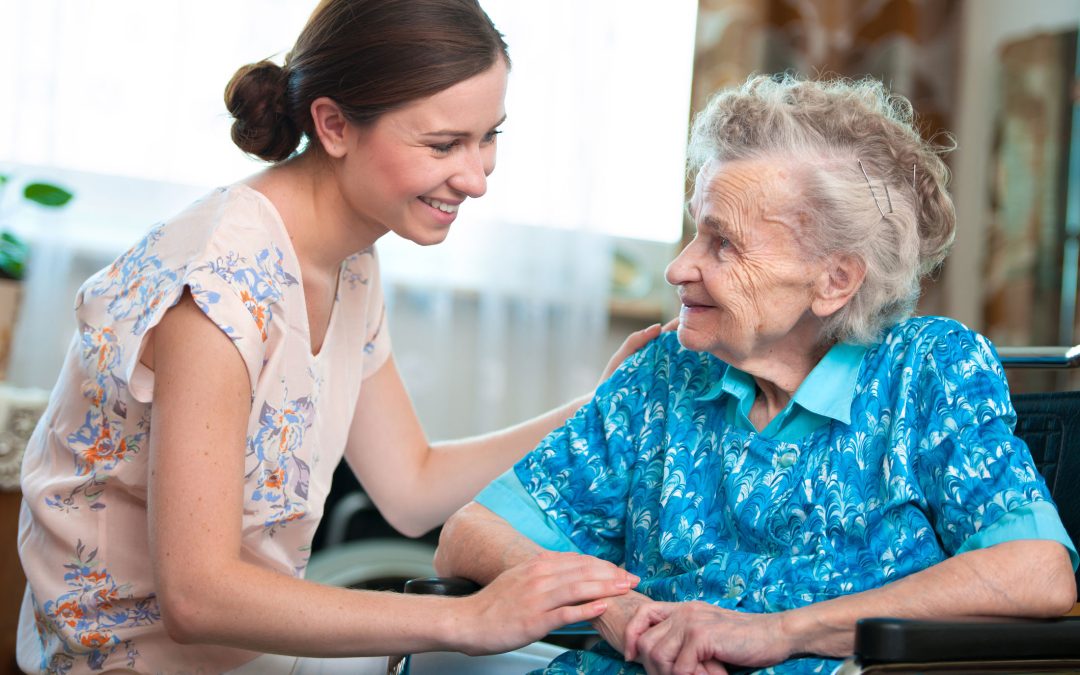Falls among older adults are a significant concern, impacting both health outcomes and healthcare costs. According to the CDC, over 800,000 older adults are hospitalized each year due to fall-related injuries, such as hip fractures or head trauma. Case managers play a crucial role in fall prevention by identifying at-risk individuals and ensuring they have access to the right support systems, including fall detection solutions like MedScope’s PERS devices.
The Prevalence of Falls
With over 49 million adults aged 65 and older in the U.S., falls remain a common and serious issue. One in four seniors experiences a fall annually, and one in five of those falls results in a severe injury. These incidents can lead to hospitalization, loss of independence, and an increased need for long-term care services.
The Cost of Falls
Falls don’t just impact health—they carry significant financial burdens. Case managers working with Medicaid and Medicare populations know that fall-related injuries can drive up costs for healthcare plans and create long-term challenges for their clients. Consider these estimates:
- Emergency room visits: Average cost of $3,230 per visit.
- Hospital admissions: Nearly $21,000 for a severe injury requiring hospitalization.
- Outpatient follow-ups: More than $4,200 for post-fall care.
- Physical therapy: Approximately $500 per patient.
- Occupational therapy evaluations: Around $200 per session.
- Long-term care: Costs can exceed $14,000 per year.
- Extended hospital stays for individuals left unattended after a fall: Can reach $70,000 for a 30-day stay.
For case managers, fall prevention is not just about safety—it’s about improving quality of life and reducing unnecessary healthcare expenditures.
Key Fall Risk Factors
More than half of all falls occur at home, often due to environmental hazards. Other key risk factors include:
- Lower body weakness: A common issue due to aging, poor nutrition, or inactivity.
- Vitamin B-12 deficiency: Affects nearly 25% of seniors and can cause neuropathy, increasing fall risk.
- Poor balance, improper footwear, and foot pain: These contribute significantly to fall incidents.
- Medication side effects: Sedatives, tranquilizers, and some antidepressants can impair balance and coordination.
Fall Prevention Strategies for Case Managers
Case managers can take a proactive role in fall prevention by implementing these strategies:
- Promote regular exercise: Encourage clients to participate in strength and balance exercises to improve mobility.
- Arrange home safety assessments: Identify hazards like loose rugs, poor lighting, and clutter that increase fall risk.
- Encourage regular vision and medication reviews: Ensuring clients can see clearly and aren’t taking medications that increase fall risk is critical.
- Utilize MedScope PERS devices: Personal emergency response systems (PERS) provide immediate access to help when a fall occurs. MedScope’s devices are water-resistant, lightweight, and offer 24/7 monitoring, ensuring fast response times when needed.

